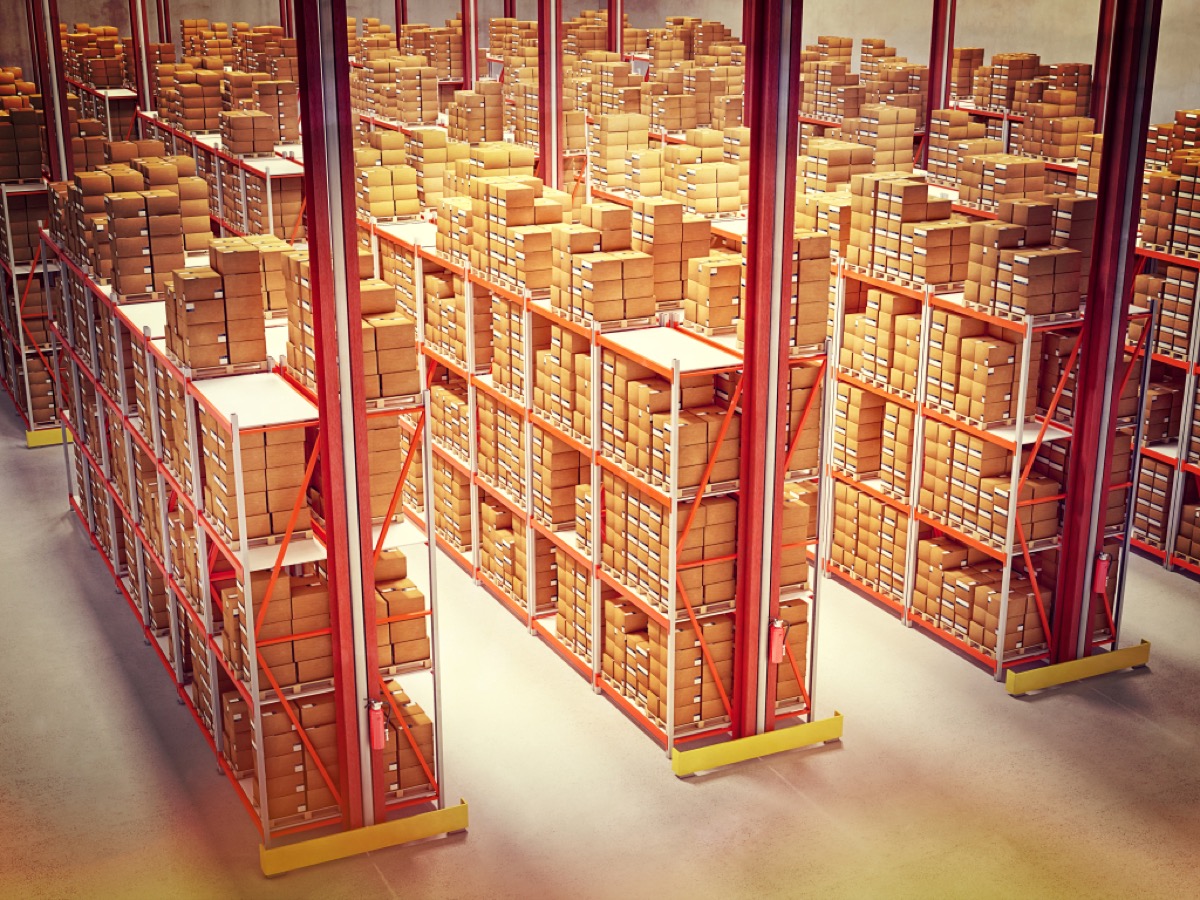Usefulness of Volume Variances
Feb 26, 2015
One of the things I hear periodically from cost managers, relative to the purpose, usefulness, and cost effectiveness of making monthly volume variance calculations, is that factory supervision can do little to affect volume variances. This is mostly true because sales activity, which is one of the fundamental causes of volume variances, is far beyond their control. However, there are other useful purposes for making the calculation that could be related to factors not necessarily associated with only sales activity.
Several years ago, one of my larger clients experienced a significant downturn in their business activity. As a result, they began having monthly volume variances which were very large. In this case, the cost manager immediately set about reducing their spending habits so that as negative volume variances were being created, they were matched closely with very positive spending variances. I believe the manager was using the volume variances as a guide to direct how many dollars in spending cuts were necessary to maintain the same level of profitability as was forecasted at the higher level of volumes.
I’ve also seen other circumstances where the cost managers computed the volume variances and matched them with the staffing levels of the various departments in an attempt to optimize manpower staffing and machine utilization. Obviously the belief is that some machine downtime can be attributed to labor-related factors and if those are managed properly they can be improved.
 I have also heard of other cases where there was a team approach formed by management so that accounting and engineering worked together to specifically identify the causes of volume variances that can be traced to sources more in control of factory supervision. An example would be poor quality control in an earlier department that produced defective or substandard product. As a result, it caused downtime in the department experiencing the negative volume variances. This has nothing to do with production levels but rather machine downtime or lack of productivity because of quality problems. I’ve also seen similar issues when raw material was provided that was of a lesser quality or containing some defect which caused production problems. The goal of the team approach between the accounting and engineering department is to allow the engineers to thoroughly examine the cause of every volume variance and look for causes outside the responsibility of the immediate factory supervision in the department where those variances are being created.
I have also heard of other cases where there was a team approach formed by management so that accounting and engineering worked together to specifically identify the causes of volume variances that can be traced to sources more in control of factory supervision. An example would be poor quality control in an earlier department that produced defective or substandard product. As a result, it caused downtime in the department experiencing the negative volume variances. This has nothing to do with production levels but rather machine downtime or lack of productivity because of quality problems. I’ve also seen similar issues when raw material was provided that was of a lesser quality or containing some defect which caused production problems. The goal of the team approach between the accounting and engineering department is to allow the engineers to thoroughly examine the cause of every volume variance and look for causes outside the responsibility of the immediate factory supervision in the department where those variances are being created.
Another use that I’ve seen for volume variance had to do with attempting to ascertain the ultimate capacity of the machinery in a production department related to the need to buy a new, more productive piece of equipment. In this case, departmental productivity was below expected levels and senior management’s first suggestion was to buy another machine to increase productivity. A thorough volume variance analysis indicated that there was substantial excess capacity available in that department and a new machine would not be necessary, what was needed was to get the current machinery operating at closer to its potential capacity.
Most variances have multiple uses and should not be abandoned until all possible productive uses of that variance are exhausted. It could make a big difference.
Categories: Cost Accounting
